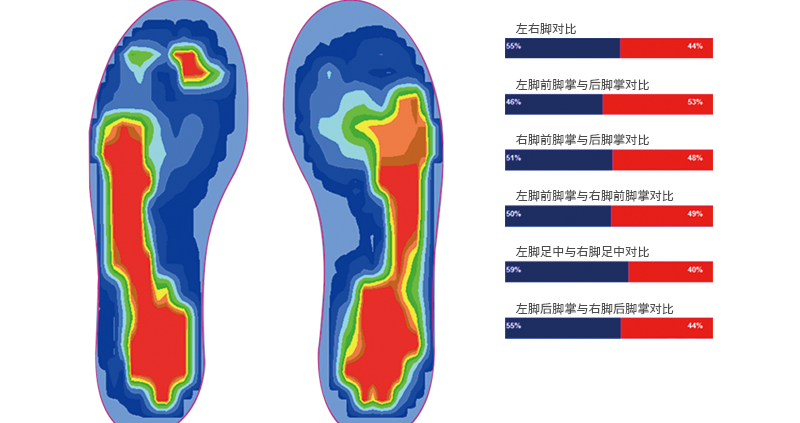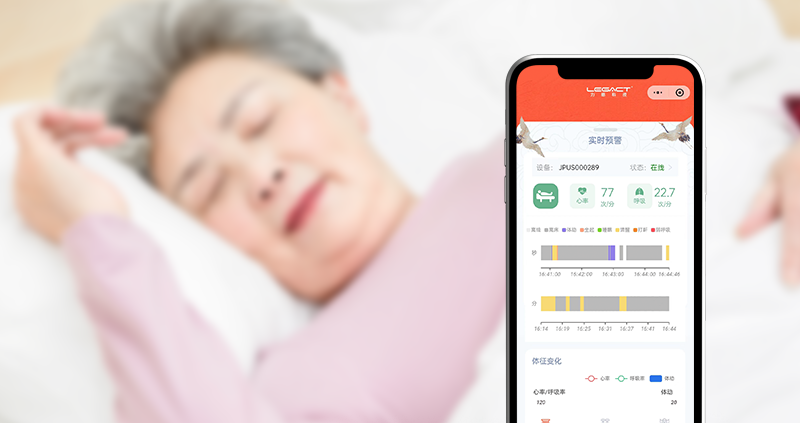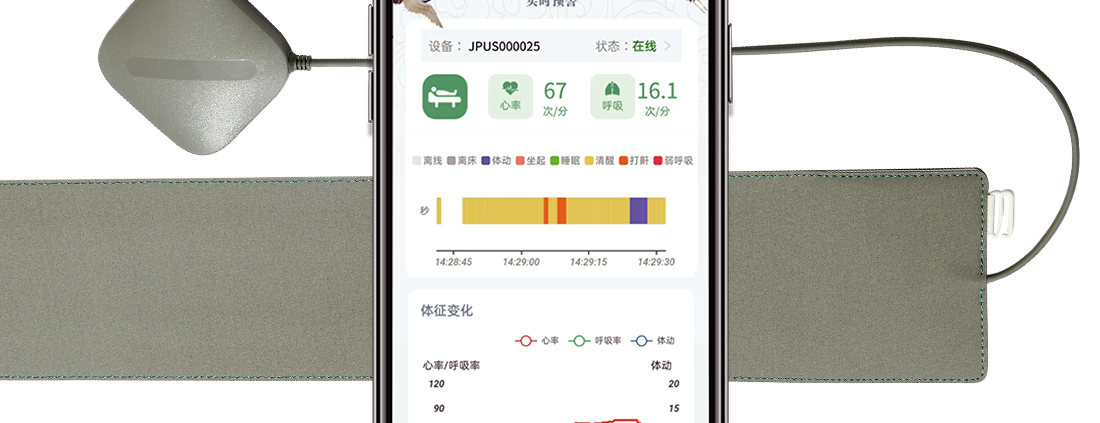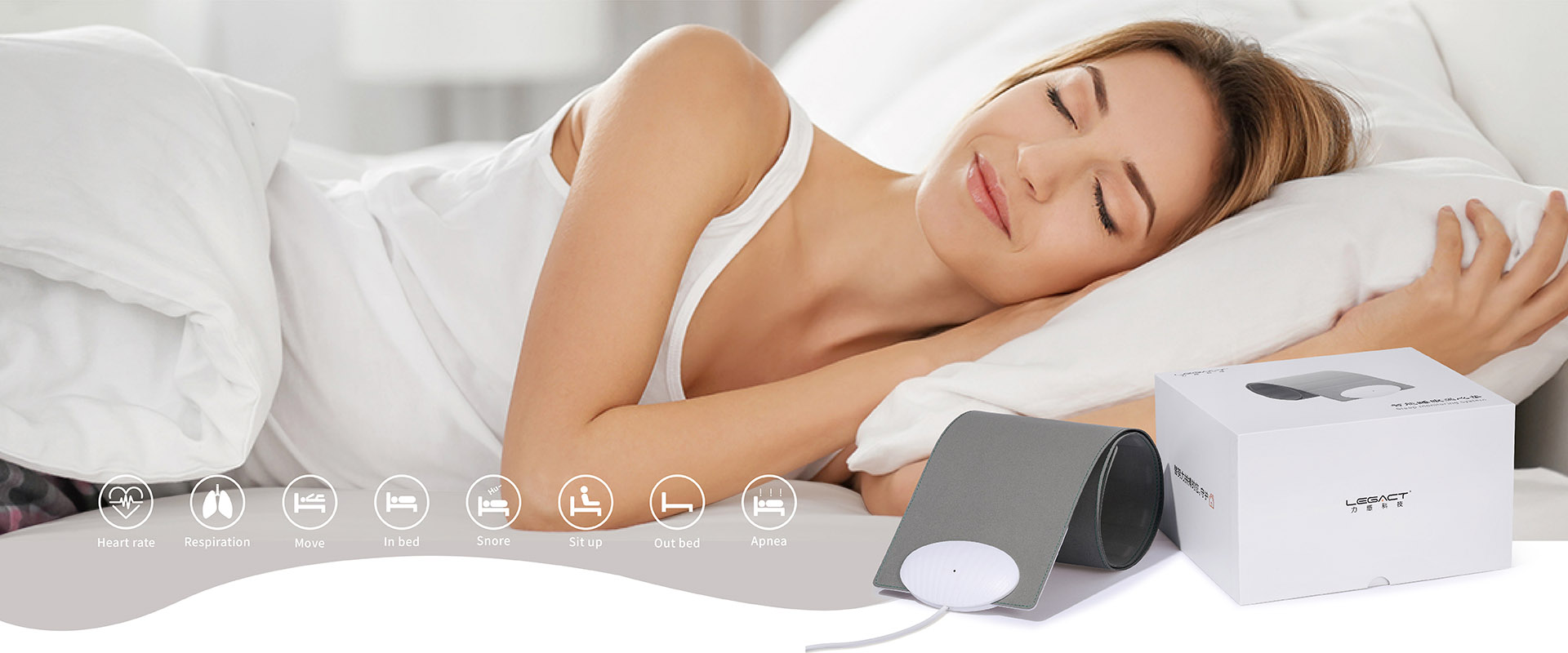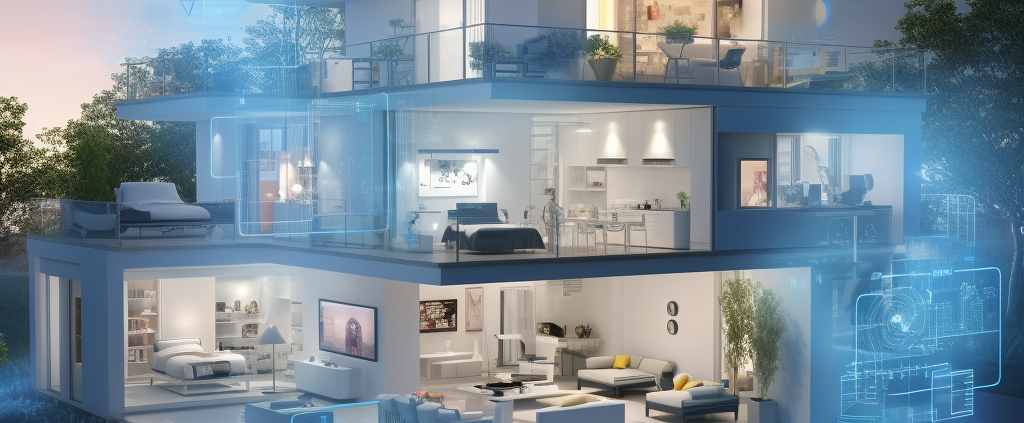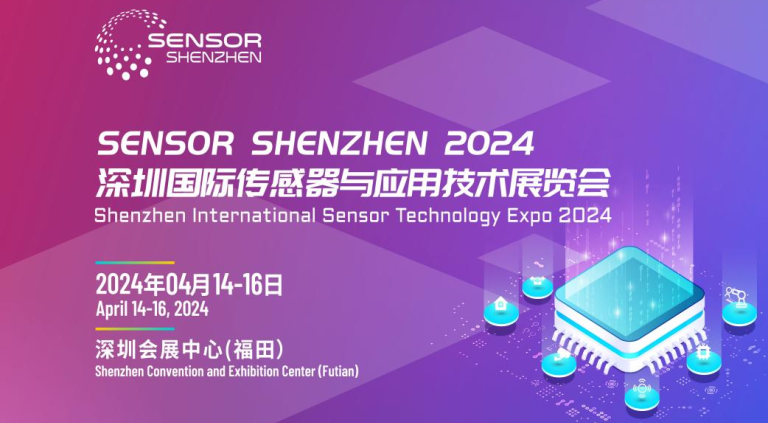In the wave of modern technological advancement, sensor technology plays an indispensable role, from industrial production to healthcare. Thin film pressure sensors stand out in many applications due to their unique advantages. Compared to other sensors, thin film pressure sensors have many distinctive benefits, making them a preferred choice in various applications.
High Sensitivity and Accuracy:
The manufacturing process and material selection of thin film pressure sensors result in high sensitivity and accuracy. Their thin film structure can respond very sensitively to pressure changes, providing precise pressure measurement results. This makes thin film pressure sensors widely used in fields requiring high-precision pressure measurements, such as medical devices and laboratory instruments.
Small Size, Light Weight:
Thin film pressure sensors typically have compact dimensions and light weight, making them particularly advantageous in applications where space is limited or weight requirements are high. Compared to other types of sensors, thin film pressure sensors are easier to integrate into various devices and systems without adding excessive volume and weight, thereby enhancing device flexibility and portability.
Low Cost:
Compared to some complex sensor technologies, thin film pressure sensors generally have lower manufacturing costs. This is mainly attributed to their simple structure, manufacturing processes, and the use of common materials. Low cost makes thin film pressure sensors more competitive in large-scale applications, such as consumer electronics and industrial automation systems.
High Reliability:
Thin film pressure sensors, with no mechanical moving parts, exhibit high reliability and durability. Compared to some mechanical sensors, thin film pressure sensors are less affected by vibration and shock, making them more suitable for operation in harsh environments, such as industrial manufacturing and automotive fields.
Strong Adaptability:
Thin film pressure sensors have excellent adaptability and can be used to measure various types of pressure, including static pressure and dynamic pressure, as well as positive pressure and negative pressure. This versatility allows thin film pressure sensors to function effectively in different application scenarios, meeting various needs.
Conclusion:
In conclusion, thin film pressure sensors have many advantages compared to other sensors, including high sensitivity, accuracy, small size, light weight, low cost, high reliability, and broad adaptability. These advantages enable thin film pressure sensors to find wide applications in fields such as medical, automotive, and industrial manufacturing, and they are expected to continue playing an important role in future developments.
